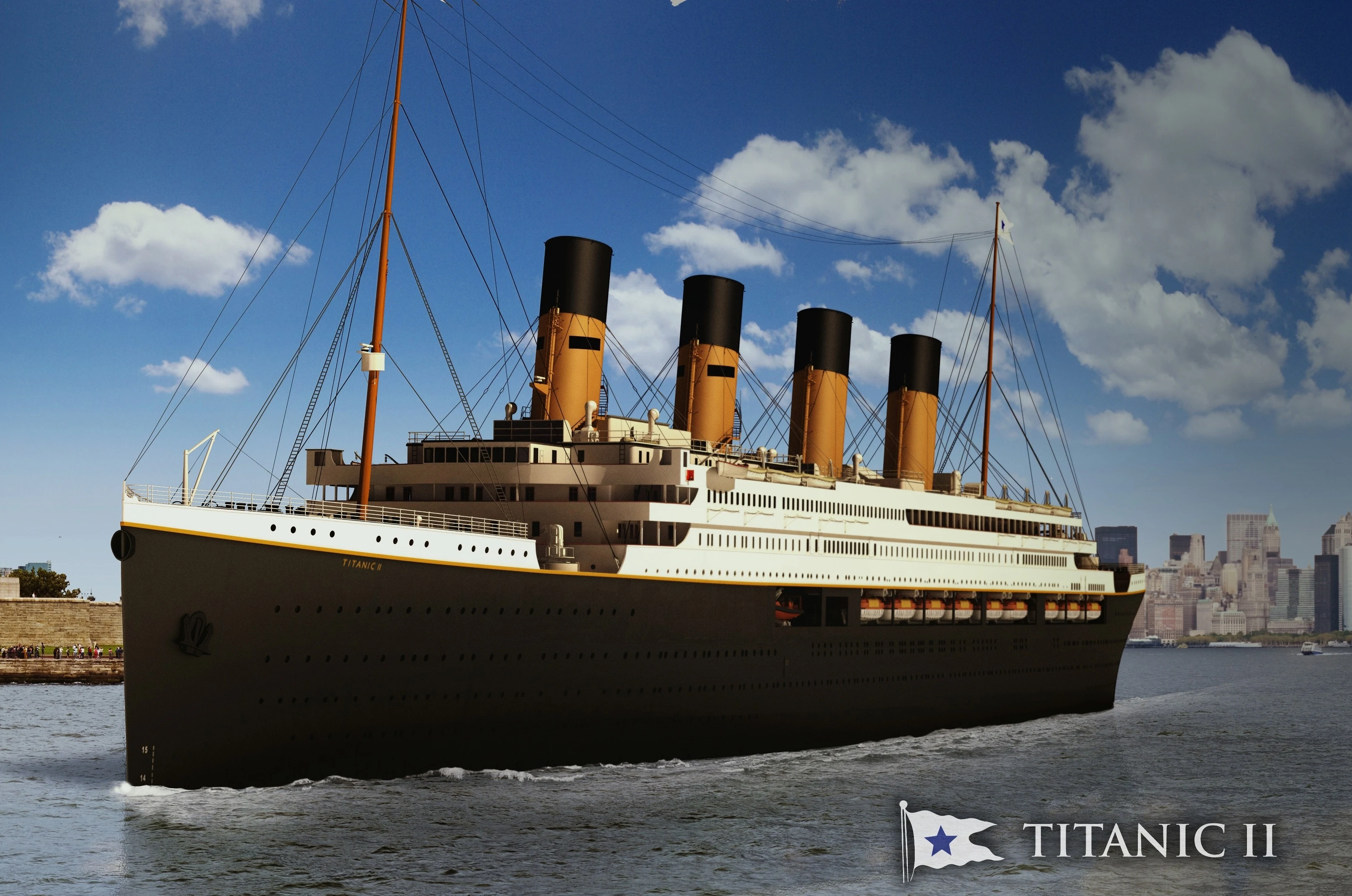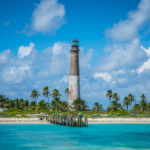You may be familiar with or have seen the 1997 film inspired by the iconic RMS Titanic, considered to be the most famous cruise ship in history.
You may be wondering how the famous RMS Titanic compares to modern cruise ships.
Well, modern cruise ships are roughly 20% longer in size and twice the height the RMS Titanic was. If this doesn’t astonish you, consider the largest cruise ship currently in existence. The Wonder of the Seas is nearly five times the size of the RMS Titanic and has a gross tonnage of 236 857 GT.
At the time, the RMS Titanic was the largest cruise ship ever made, but if it still existed today, it would be considered quite small compared to today’s cruise ships.
The Titanic’s maiden voyage took place in 1912 and drew an astronomical amount of attention, as it was the world’s largest cruise ship and perhaps also the most luxurious passenger ship in the world at the time. This cruise ship has a capacity of 3300 people, including the members of the crew, and was the first of its kind to hold a number of fantastic amenities, including squash courts and a swimming pool.
The ship has become a symbol of glamour and elegance in retrospect, and it is the setting for one of the greatest money-making movies of all time.
So, let’s take a look at the titanic vs. modern cruise lines and see if the RMS Titanic lives up to the same standard as Oasis-class cruise ships today in this complete cruise ship comparison.
To better illustrate how the Titanic compares to modern-day cruise ships, we’ll discuss various aspects to weigh up the titanic vs. modern cruise ships.
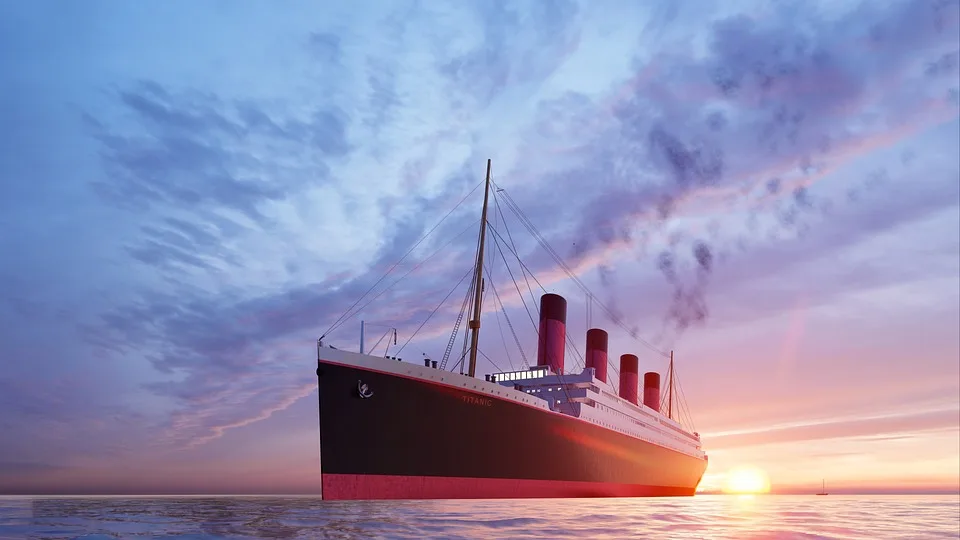
How Big Was The Titanic?
Upon her debut on the 10th of April in 1912, the RMS Titanic, built by White Star Line, was the largest ship in the world. You would think that a cruise ship of this reputation and magnitude can still somewhat hold up compared to an average cruise ship in today’s day and age, but this is not the case.
The cruise vacation industry in our modern day and age is highly competitive, with bigger and better cruise ships being developed annually. As soon as the world’s biggest cruise ship is announced, a newer, bigger modern cruise ship is already being built.
Compared to the average cruise ship today, the Titanic, unfortunately, doesn’t really stand a chance. The innovation and experience of modern cruise ship developers have put modern ocean liners leaps and bounds ahead of what was once considered the largest cruise ships known to man.
How big was the Titanic really? The RMS Titanic had a gross register tonnage of 46 328 tons, and its length was measured at 269 meters. It was 53,3 meters tall and had a width of 28,2 meters. Its passenger capacity was 2435, and 892 crew members could come on board.
What is the Size of Modern Cruise Ships?
Although the Titanic was considered to be an immense cruise ship in its day, it doesn’t even begin to compare to the size of modern cruise ships.
The largest ship in the world today is the Wonder of the Seas, with a gross tonnage of 236 857 tons, a length of 362 meters, and a width of 64 meters. The Wonder of the Seas has 18 decks, a passenger capacity of 6988 across 2867 rooms, and accommodates 2300 crew members.
The Wonder of the Seas is one of five Oasis-class ships of the Royal Caribbean International cruise ships, alongside other showstoppers like the Symphony of the Seas. When we look at the Titanic vs. modern cruise ships, we will frequently draw a comparison between the Titanic and the Wonder as well as some other famous ships.
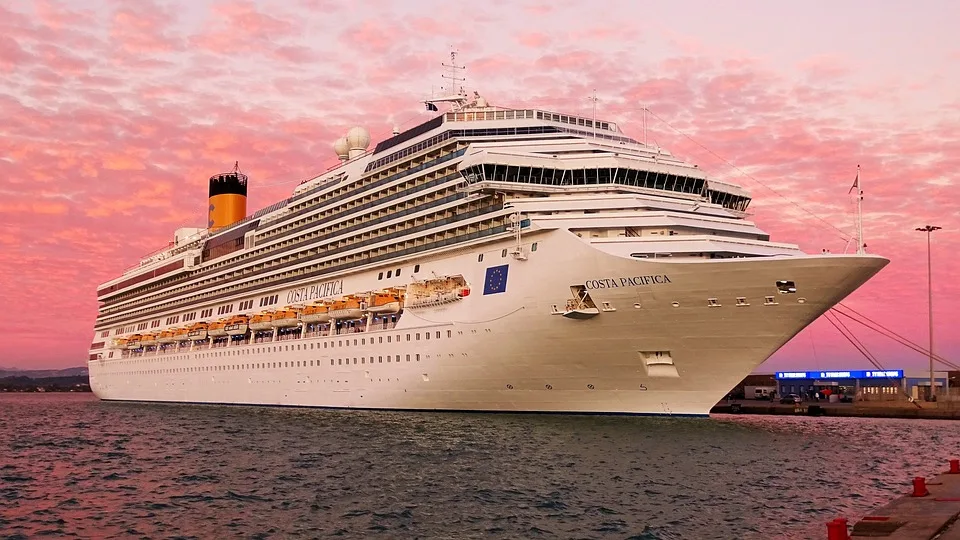
Cruise Ship Size Comparison: Titanic vs. Modern Cruise Ship
The current largest cruise ship in the world is approximate twice the width and 35% the length of the Titanic. Comparing the gross tonnage of the Titanic and the Wonder of the Seas, the Wonder of the Seas’ gross tonnage is nearly five times more than that of the Titanic.
Even more shocking, the gross tonnage o the Titanic isn’t even enough to make it within the top hundreds of the world’s largest cruise ships today.
A noteworthy increase in the length of modern cruise ships can be observed, but they aren’t built all that much longer than the Titanic. This is because modern cruise ships still dock in ports that are relatively old and don’t allow for much expansion. Modern cruise ships can expand substantially in width and height, but they are limited in length because of these ports.
The Titanic is simply no match compared to modern cruise ships, which are bigger in every way. In today’s terms, it wasn’t even that expensive to build the Titanic compared to modern cruise ships.
Sure, in 1912, $400 million was a lot of money, but it doesn’t seem like so much when you consider the $1.35 billion it cost Royal Caribbean to build Wonder of the Seas.
The Speed of the Titanic vs. Modern Cruise Ships
The Titanic wasn’t concerned about speed; rather, its primary purpose was to provide luxurious transatlantic crossings for passengers.
Cruise ships don’t require fast speeds since they generally travel between ports over a period of days, unlike ocean liners that travel long distances in a matter of a few days.
Modern cruise ships are significantly bigger than the Titanic and feature the newest propulsion technology. However, the immensity of today’s cruise ships limits their ability to utilize all that extra horsepower.
That said, modern cruise ships still have almost the exact same maximum speed as the Titanic’s maximum speed.
The cruising speed of the Titanic averaged around 39 km/hour, which equates to 21 knots every hour, with its top speeds averaging around 44 km/hour, which equates to 24 knots every hour.
The Oasis of the Seas of the Royal Caribbean has a maximum speed of 24,5 knots per hour.
There are several reasons why cruise ships don’t operate at their maximum speed, namely smoother sailing, safety, and fuel efficiency. Today’s cruise ships typically cruise at 18 to 22 knots.
An ocean liner is designed for speed, whereas a cruise ship is designed for leisure cruises. Because an ocean liner transports passengers across the world, it is not primarily designed for pleasure.
The Titanic was, in fact, an ocean liner. Ocean liners of that era continuously competed to transport passengers across the Atlantic in the shortest amount of time. At the time, White Star Line and Cunard Cruise Line were competing for dominance over the Atlantic passage.
With the various transportation option available today, ocean liners are not as popular as they once were, but cruise ships are certainly a very popular vacation option.
The Queen Mary is the only ocean liner still sailing today and travels at a maximum speed of 30 knots, whereas the average cruising speed of modern cruise ships goes up to 22 knots.
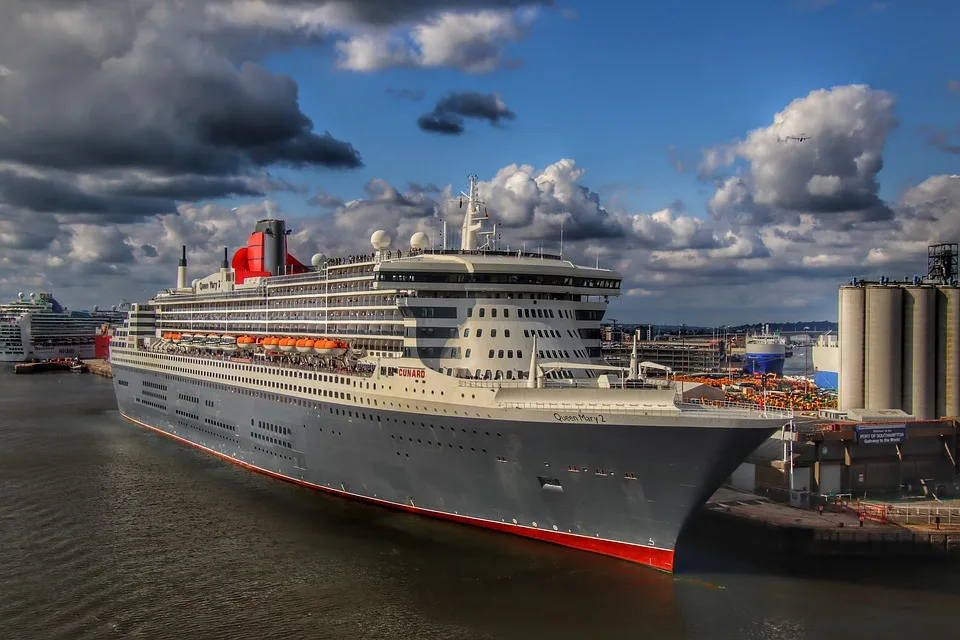
Titanic vs. Cruise Ship Cabins
The biggest contrast between the Titanic and today’s cruise ship, besides the massive variance in size, is the range of amenities and entertainment options.
The designers of the Titanic were inspired by the Ritz Hotel in London to design the ship’s interior decor. They divided guests into first, second, and third-class categories. Luxurious furnishing, ornate woodcraft, and elegant European-style decor were abundant in the Titanic’s common areas. Who can forget the dramatic sweeping staircase featured in the movie?
There were about 350 first-class staterooms on Titanic, any of which could be used as second-class cabins if required. Some of the most lavish staterooms were quite spacious and included Jacobean, Georgian, and Italian Renaissance-style features. The designers paid special attention to bringing life to all these historical elements in the decor of every room.
Despite the luxurious nature of the first-class cabins, first-class passengers still shared bathrooms with other passengers.
Because there was limited freshwater on the ship, all classes had to bathe in seawater. Furthermore, there was no laundry service on the Titanic. First-class passengers, however, had their bed linens changed every day.
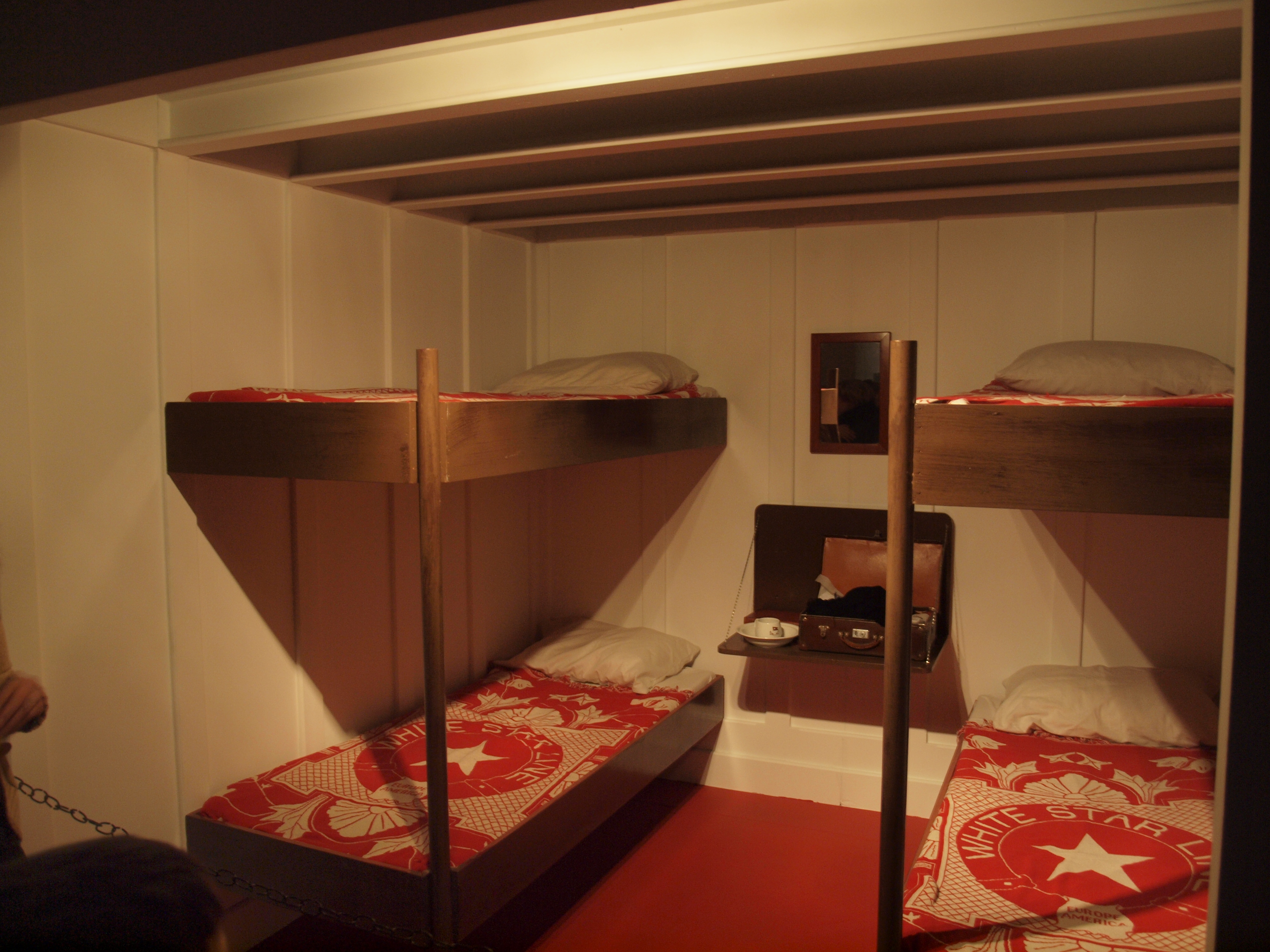
The second-class cabins on the Titanic were distinctly less luxurious than the first. They were smaller and featured more mundane fittings and decor. Second-class passengers slept in cabins containing up to four bunk beds. Despite the decreased luxury, second-class passengers still had their bed liners changed daily, and although they shared bathrooms, each cabin contained its own sink.
Third-class passengers had barely any luxury and were fed a very standard diet while being crammed into tiny cabins they shared with nine other passengers. Third-class passengers averaged around a thousand people, who all shared two bathrooms.
Today’s cruise ships also model luxurious hotels in their designs, similar to the Titanic. However, modern cruise ship passengers have the added benefit of having air-conditioning, full bathrooms, TVs, and even private balconies in their rooms.
A typical modern cruise ship does not divide passengers into distinct classes, but cruise lines do offer many added luxuries to those who splurge on high-end rooms. Some of these luxuries include exclusive discounts, access to VIP areas, reservations to shows, and much more.
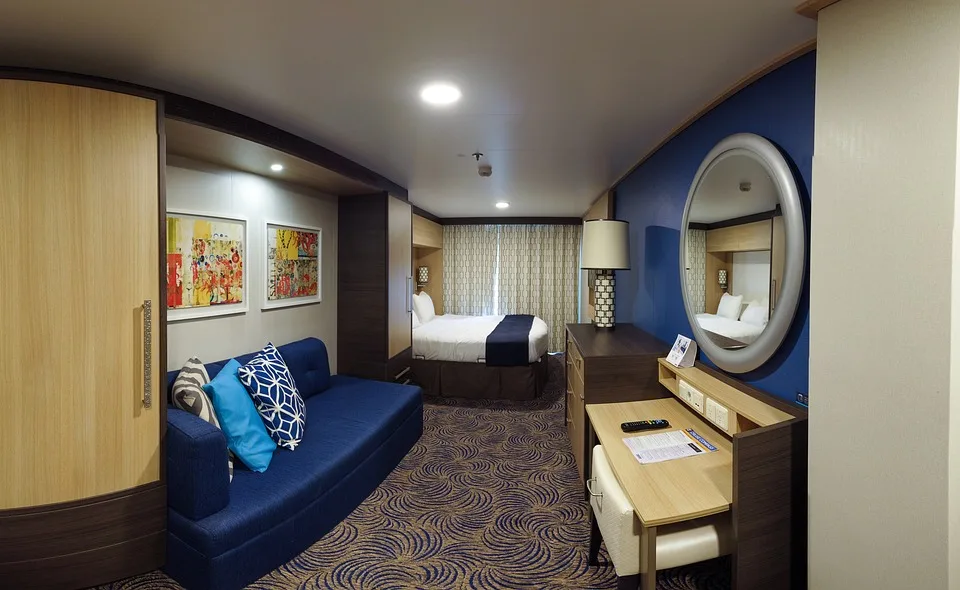
Dining on the Titanic vs. Modern Cruise Ships
The Titanic boasted four restaurants on board, namely the Dining Saloon, A la Carte Restaurant, Cafe Parisien, and the Verandah cafe.
Only first-class passengers were allowed to dine at A la Carte Restaurant, which was one of the first extra-cost restaurants on cruise ships. Although it was smaller than the ship’s main dining room, it boasted elegant decor and French styles.
At A la Carte Restaurant, passengers were free to eat whenever they chose. According to one diner, the delicacies included quail from Egypt, caviar, lobster, hothouse grapes and fresh peaches, and plovers’ eggs.
Passengers were assigned specific seats in the Dining Saloon, which was much like today’s main dining room, and food was only served at predetermined times, much like today’s main dining rooms.
The Cafe Parisian and the Verandah Cafe, which were near the promenade, offered a more casual and intimate dining experience.
Cruise lines have made great efforts to improve dining in recent years, despite the fact that cruise ship food has historically had a poor reputation. There are dozens of onboard restaurants, and nearly every cruise line offers fine dining experiences.
Virgin Voyages has even gotten rid of its main dining room and all buffets to boost traffic to its wide selection of 20 onboard restaurants, each burning unique dining experiences to the table. Some restaurants even feature Michelin-starred chefs, so the meals are sure to exceed your highest expectations.

Entertainment on the Titanic vs. Modern Cruise Lines
The Titanic had very little formal entertainment. An eight-man orchestra entertained the upper classes, and a piano entertained the first-class diners. Those in the lower classes had to find alternative ways to pass the time.
Passengers on Titanic were kept busy thanks to the ship’s amenities, which included a squash court, a smoking room, a steam room, a lounge, a pool, a Turkish bath, and a gymnasium.
Modern ships, in contrast, are basically floating resorts, offering everything from roller coasters and go-kart tracks to Planetariums and ice skating rinks, such as found on the Royal Caribbean’s Wonder of the Seas and almost any other Royal Caribbean ship.
Modern cruise ships offer a wide range of standard amenities in addition to headline-grabbing thrills. For instance, Wonder of the Seas boasts an astonishing 9 open-air Jacuzzis, 19 swimming pools, art galleries, splash zones, a spa, a casino, and even rock climbing walls.
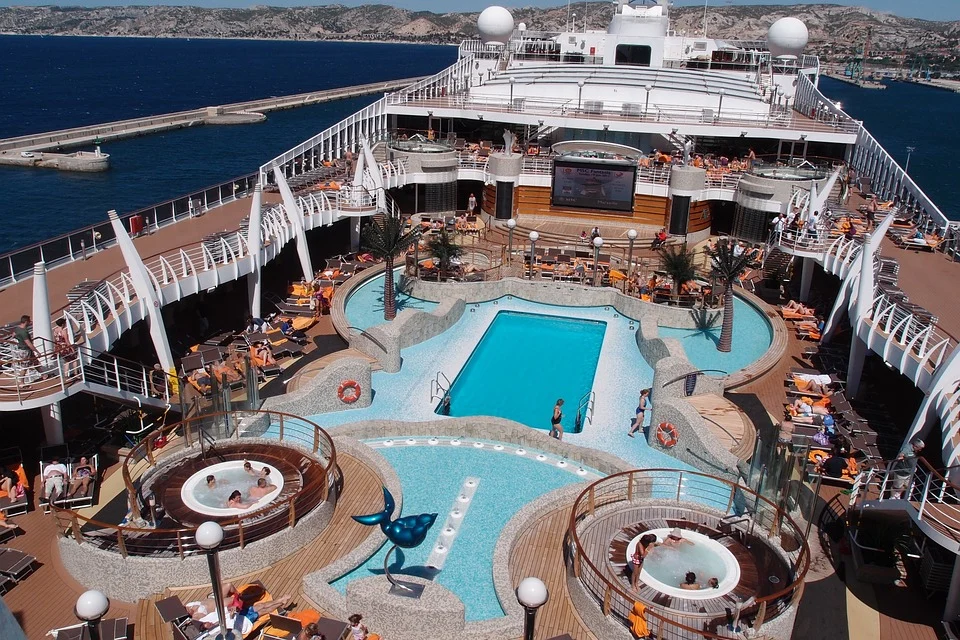
Safety on the Titanic vs. Modern Passenger Ships
If you’ve seen the movie or know the story, it comes as no surprise to you that the Titanic did not have nearly enough lifeboats for all the passengers. A total of 20 lifeboats accommodated 1 178 passengers, which is not even half the total passenger capacity.
Despite the ship having enough space to carry many more lifeboats, which would be stored on the top deck, the ship’s operator decided that adding extra lifeboats would make the vessel look messy and opted to remove them to maintain its luxurious aesthetic.
Even though the ship was fitted with 48 life rings and almost 4000 life jackets, they were of little help at the time of the disaster, as the North Atlantic Ocean was cold and hypothermia set in quickly.
Every passenger and crew member on a modern cruise ship must be provided with sufficient lifeboats. Moreover, escape boats are all enclosed to protect people from the weather, whereas those on the Titanic were open to the elements and depended on rowing for propulsion.
Modern ships have a suite of safety features to avoid accidents before they happen. Radar detection systems, improved steering technology, fire suppression systems, and other advancements are among the safety features found on contemporary cruise ships.
Despite the fact that absolute safety can’t be guaranteed, the use of safety technology, improved building methods, and crew training has made disasters such as the Titanic extraordinarily rare.
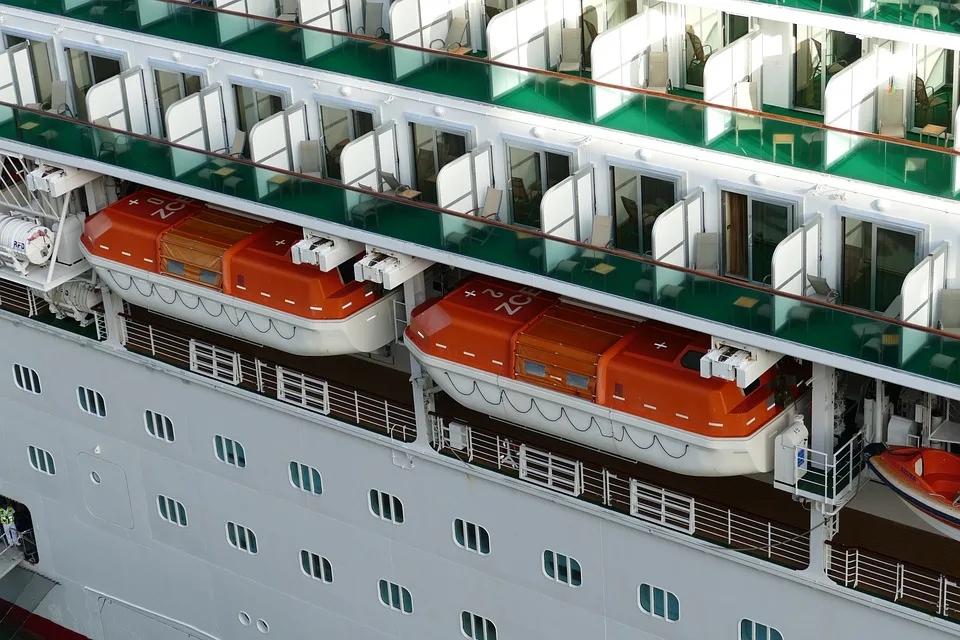
Is The Titanic Lost Forever?
Although the Titanic doesn’t quite measure up to the standards of modern ships like the Symphony of the Seas, it undoubtedly remains an icon of that era and carries a sort of nostalgia that many have longed for since. Fortunately, modern cruise lines have responded by launching several projects to keep the legacy of the Titanic alive.
After the Titanic sank, the White Star Line merged with Cunard, which remains (and still does) renowned for its famous ships like the Queen Mary 2.
Cunard is now controlled by the Carnival Corporation. However, Cunard has no intention of reviving the Titanic name; rather, other organizations around the world have recently tried to do so.
Blue Star Line, an Australian company, endeavored to rebuild the fateful ship in 2012 and coined it Titanic II. Despite the many improvements in cruising in recent years, the Titanic II still won’t be able to compete with the biggest and best cruise ships if and when it is built. There have been no further updates on this project since 2019, though it was supposed to be completed in 2016.
Despite having the same overall weight as the original Titanic, the Titanic II was projected to cost substantially more to construct, even if you account for the historical expense in today’s dollars; the estimated cost was $500 million. The passenger capacity was limited to 2,435 people.
A similar undertaking is currently taking place in China. In 2016, the Romandisea Titanic began construction, and it will be another reproduction, but this one will not be able to travel anywhere and will be permanently moored.
